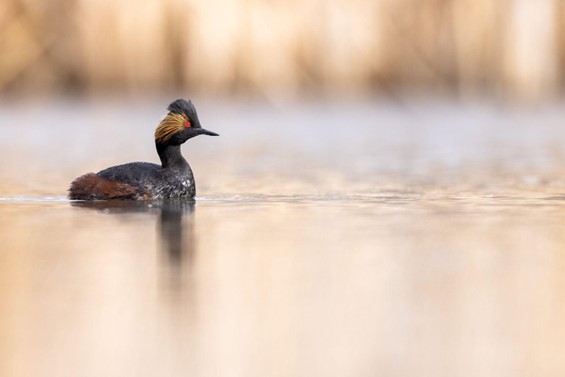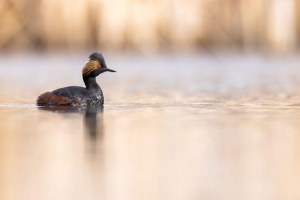It’s 6am in Lamar Valley.

It’s 6am in Lamar Valley. I wonder what we will see.
You’re probably asking why there are already 100 vehicles lining the roadsides near the Lamar Buffalo Ranch, and whether the hundreds of visitors pointing spotting scopes out into the distance are seeing something.
As it usually turns out, those people are watching–looking for or anticipating the chance to see a wolf. Most mornings on tour we join those spotters, maybe from a slightly different perspective a few steps off the busy roadway, and we can appreciate the same excitement of viewing or attempting to view that animal.
One of the infinite reasons Lamar Valley is so unique to North America is the ecological abundance that exists here−alongside a wonderful viewshed that allows us to see so much.
Combine these two factors with a road, and a truly memorable experience is only a drive away.
What I appreciate most about Lamar Valley is not only the opportunity it presents us to see charismatic megafauna species we all have come to know and love, but the same chance it provides us to see North America’s bird species.

An eared grebe swims across placid water in Yellowstone National Park. Photo courtesy Yellowstone Wild Guide Kyle Dudgeon/KDudgeon Photo.
I don’t guarantee much prior to a wildlife watching tour in Yellowstone, but I can certainly guarantee that, on any given day of the year, there is a bird to see in Lamar Valley.
In late summer it might be the first ferruginous hawk on its migration south; or a young prairie falcon testing its wings as it chases after geese and starlings.
In winter it’s the common raven, or the black rosy-finch.
Fall brings migrating waterfowl among others and spring brings the songbirds.
The same can be said for every square mile of Yellowstone: this place is for the birds.
So no matter how many wolves are traveling the valley floor on a particular day, take a look around you. Look up. Look down. Look at treetops and along the water. There is a bird waiting there to be seen and—I promise you—it’s worth seeing.
It’s 6am in Lamar Valley. I wonder how many birds we can see.

To learn more about Kyle and the rest of the Yellowstone Wild team visit our “About Us” web page.
